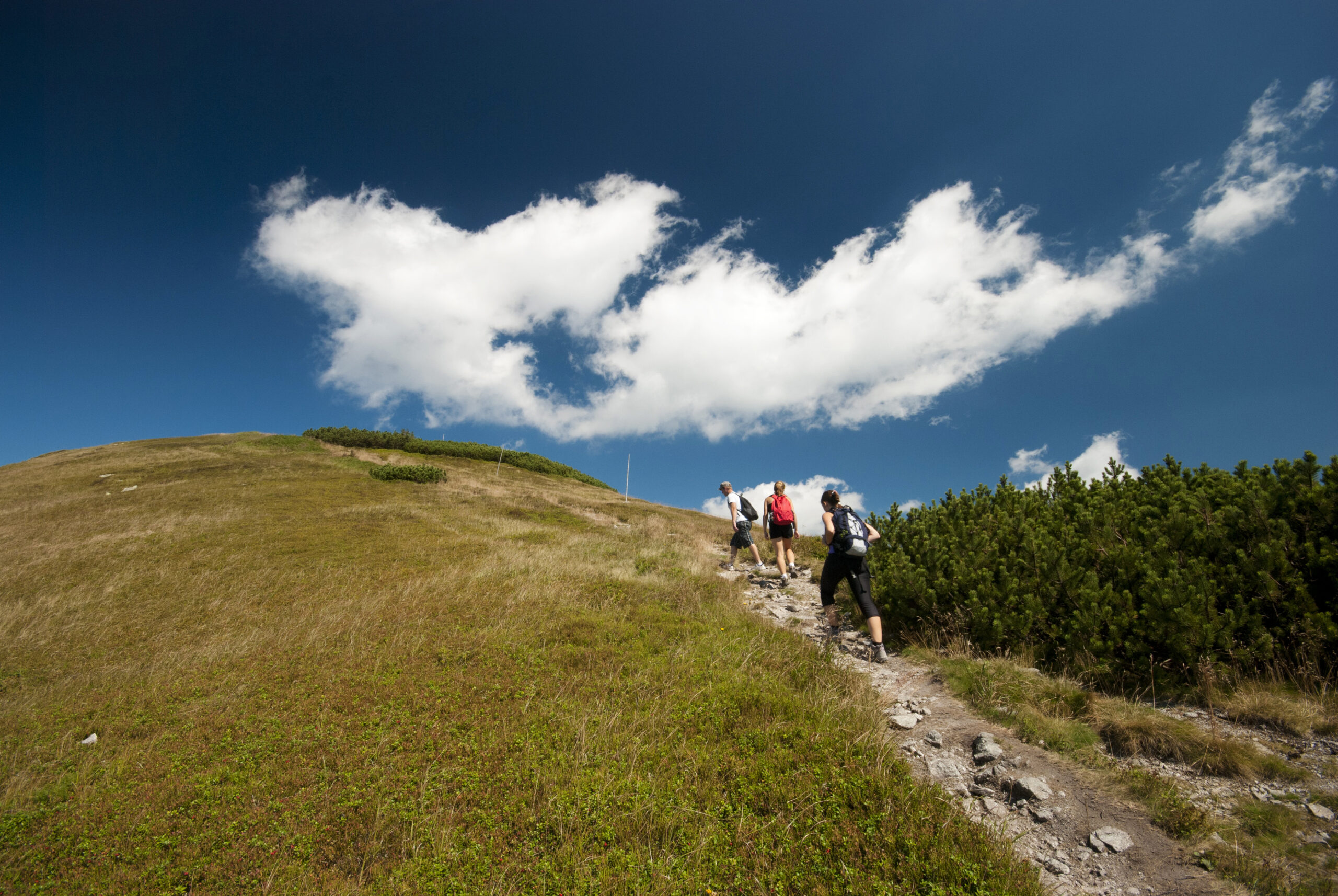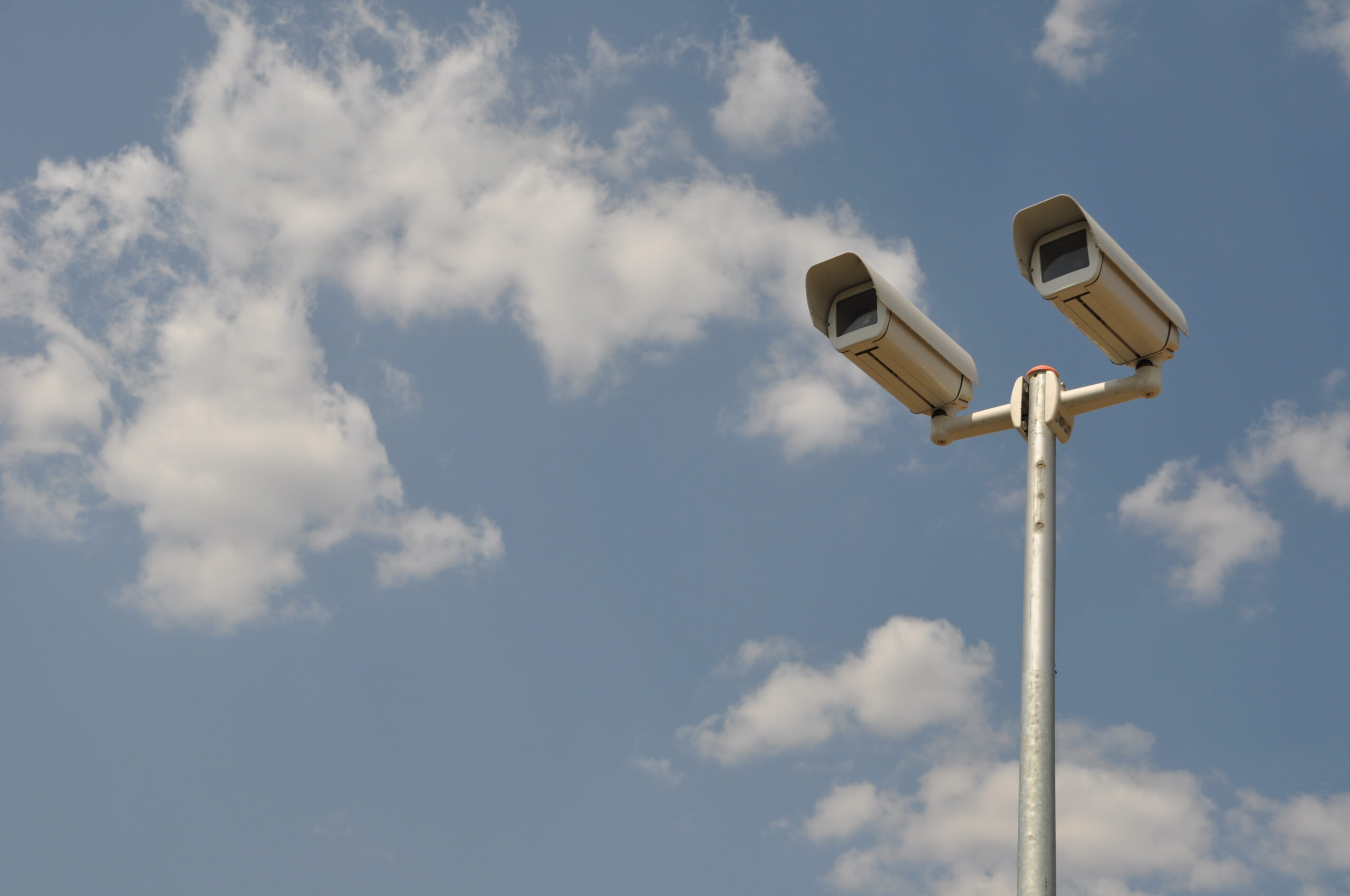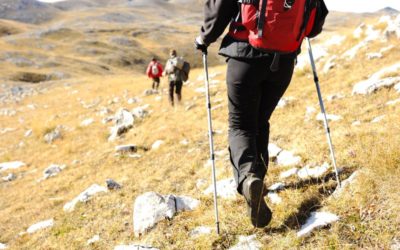Are you ready to embark on an adventure that will challenge your mind and body? Hiking alone can be a thrilling experience, but it’s essential to take the necessary precautions to ensure your safety. In this blog post, we’ll cover everything you need to know about how to stay safe while hiking alone.
Introduction to Hiking Alone
Hiking alone can be a liberating experience, but it also comes with its set of risks. It’s crucial to understand these risks before setting out on your journey. Some of the primary concerns include getting lost, injuring yourself, or encountering wildlife. However, by taking the right precautions, you can minimize these risks and enjoy a safe hike.

Essential Gear for Hiking Alone
The gear you carry can make all the difference when hiking alone. Here are some essentials that you must pack:
A map and compass: You should always have a map and compass to help you navigate through unfamiliar terrain. Make sure they are up-to-date and accurate.
Water bottle: Staying hydrated is critical when hiking alone. Carry enough water to last you throughout your trip.
Food: Pack lightweight, non-perishable food items such as energy bars, trail mix, or dried fruits. These snacks will give you the energy boost you need during your hike.
First aid kit: Be prepared for minor cuts, scrapes, and blisters by carrying a first aid kit. This should include bandages, antiseptic wipes, and pain relievers.
Whistle: A whistle is an excellent way to signal for help in case of an emergency.
Staying Safe on the Trail
Now that you have your gear sorted, let’s talk about how to stay safe on the trail. Here are some tips:
1. Plan Your Route: Before starting your hike, plan your route carefully. Research the area, check weather conditions, and identify potential hazards along the way. Share your plans with someone who isn’t joining you so they know where you’re going and when you expect to return.
2. Tell Others About Your Plans: Let others know about your planned route, expected duration, and when you plan to return from your hike. If something goes wrong, people will notice if you don’t show up at the agreed time.
3. Know Your Limits: Don’t push yourself too hard. Hike within your abilities and rest when needed. Fatigue can lead to poor decision making which could put you in danger.
4. Watch Out For Wildlife: Depending on where you go hiking, there may be dangerous animals like bears, mountain lions, or venomous snakes. Keep your distance from them and avoid surprising them.
5. Be Prepared for Emergencies: Have a contingency plan in place in case things go south. Consider bringing a personal locator beacon (PLB) or satellite messenger device to call for help in remote areas. Also, practice basic survival skills like building shelter, starting fires, and purifying water.
Common Mistakes to Avoid While Hiking Alone
Here are some common mistakes to avoid while hiking alone:
1. Not Telling Anyone Where You Are Going: Always tell someone where you’re going and when you plan to return. This ensures that someone knows where you are and can raise alarm if you don’t come back.

2. Overpacking: Don’t overload yourself with heavy gear. Only bring what you need to reduce fatigue and prevent injury.
3. Underestimating Distance and Time: Misjudging distances and time taken to complete a trail can leave you stranded after dark. Ensure you have adequate daylight hours to complete the trail safely.
4. Getting Lost: Familiarize yourself with navigation techniques using maps and compasses. Practice these skills before heading out on your solo hike.
Conclusion
Hiking alone can be a challenging yet rewarding experience. By following these tips and tricks, you can stay safe and enjoy your adventure. Remember to always assess your abilities, prepare well, and be aware of potential risks. Happy trails!



